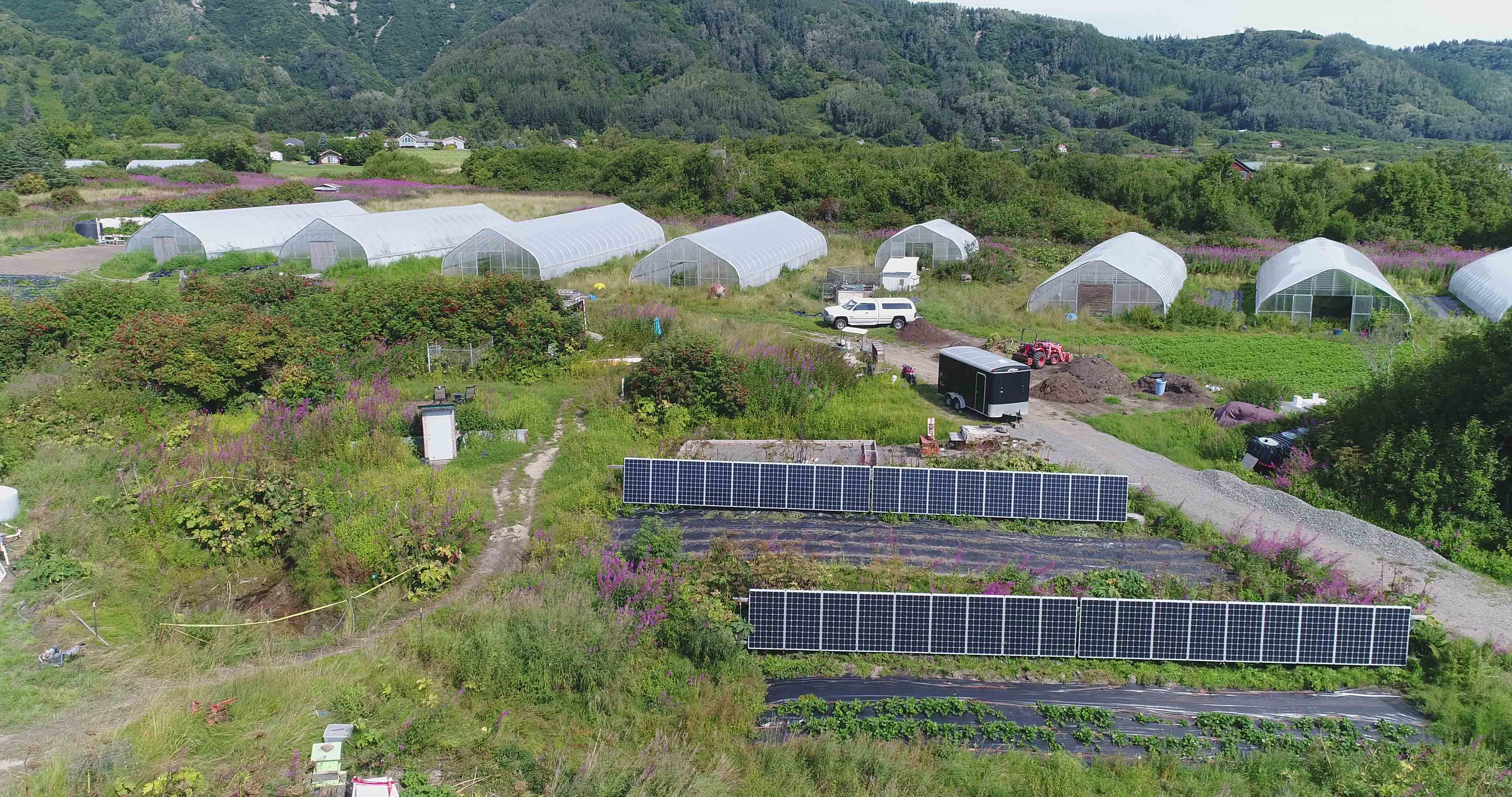New Report Details Net Metering Increase on Railbelt

Since 2016, ACEP has been using Regulatory Commission of Alaska filings to track the uptick in solar production.
The latest net metering figures were just released and are detailed in a report by ACEP researcher Chris Pike.
In 2019, the installed capacity of net metered generation in Alaska increased 74% to 5,636 kilowatts.
In 2019, there were 427 new net metered installations, and all but one of these was solar photovoltaic.
Alaska's net metering regulations were approved by the RCA in 2010 for large regulated utilities.
Net metering is an electricity billing mechanism that allows consumers who generate some or all of their own electricity to use that electricity at any time, not just when it is generated. For example, if a residential electric utility customer installs a solar photovoltaic system on their roof, it may generate more electricity than the home uses during daylight hours.
Net metering allows a customer to install and use certain types of renewable generation to offset their monthly usage. They can sell excess power to their serving utility. Customers are credited at the retail rate for energy pushed back onto the grid up to their monthly consumption. Beyond that, the are credited at the wholesale rate.
For more information on this report, please contact Chris Pike at cpike6@alaska.edu.
Oceanside Farm in Homer installed solar to help supply energy to the water pumps and greenhouses. Photo by Amanda Byrd.



